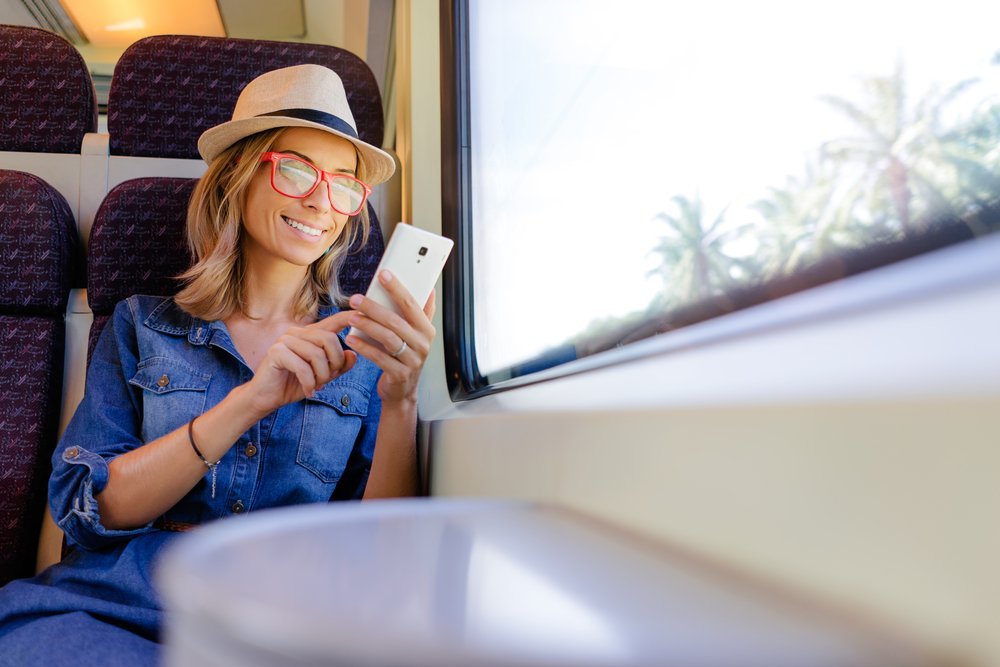Maximizing your bookings is the key to your hotel’s success. To do so, you’ll need to target potential guests through both online and offline channels.
Up to 60% of online bookings come from OTAs. But that doesn’t cover bookings made directly on your site or offline bookings done via travel agents, walk-ins and other more traditional avenues. It’s become increasingly important that your efforts to attract guests are properly aligned. Disconnected channels can cause frustration or appear unprofessional and make potential patrons less willing to make a reservation.
Here are three ways for you to ensure that your online and offline booking efforts stay in sync.
Integrate Different Booking Methods
Whether the majority of your hotel bookings come from your website, a travel agent or somewhere else, integrating these various channels will provide more convenience for guests.
For instance, some customers may choose to book online while others would rather call your hotel directly, and many travellers, including millennials, use travel agents to make bookings. When a potential patron or travel agent visits your website, it needs to provide up-to-date availability and multiple contact options so that they’re able to make a booking however they prefer. Otherwise, the customer may end up looking elsewhere.
By using a booking engine to coordinate bookings, you can easily keep your reservations updated and ensure all of your channels have access to real-time information.
Provide Consistent Branding
Potential guests can discover your property any number of ways, including Facebook, Twitter, OTAs and your website. They might get confused if your visuals and messaging appear differently across these channels. Keeping visitors on your website can help boost the likelihood of bookings, and ensuring that your branding remains consistent both online and offline is an important step in that process.
Let’s consider your hotel’s brand. When a guest’s expectations—based on visiting your site, reading reviews and other pre-arrival interactions—don’t match up to reality once they reach your hotel, that guest may be less likely to book again. Your front of house staff is part of your brand and they have a strong impact on a guest’s experience. Do they know your hotel’s vision? What do they do to ensure every patron has a consistently great stay? When your staff’s actions and attitudes align with your brand, guests will be more likely to return.
You can also highlight reviews and video tours on multiple channels—such as your website, social media pages and email campaigns—in order to reach more guests and give them an accurate sense of what they can expect from their stay.
Prepare Campaign Briefs
Offering special deals and discounts is a part of driving bookings. Creating a campaign brief before you begin planning your marketing campaign will help you keep everything well-organized. This brief should include the following:
- Core message
- End goal
- List of communication channels
- Assets needed for the campaign
Your core message may be “Book 2 nights and receive your 3rd night free,” and your goal would be to increase bookings by 10% in a month. The list of communication channels would include your website, social media accounts, email newsletter, travel agents, etc. Finally, your assets may include an offer engine to design the online offer and a social media automation dashboard to schedule posts.
Once a brief is approved, be sure to share it with relevant staff members. That way your staff can help drive more bookings and capitalize on upselling opportunities with walk-in guests.
With all your efforts well-aligned, you can help potential patrons find your hotel and encourage past guests to return again. Ultimately, you’ll be able to maximize your bookings and increase your property’s revenue.
Learn how you can use RoomKeyPMS to help sync your various booking methods.
Feature Photo: Kamil Macniak / Shutterstock.com




